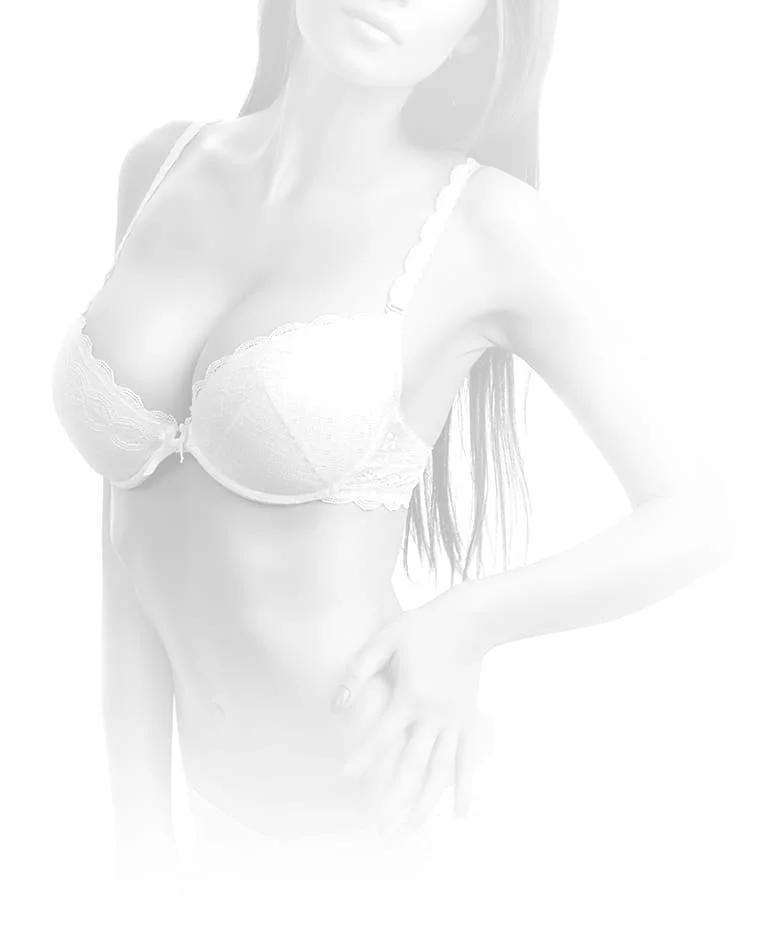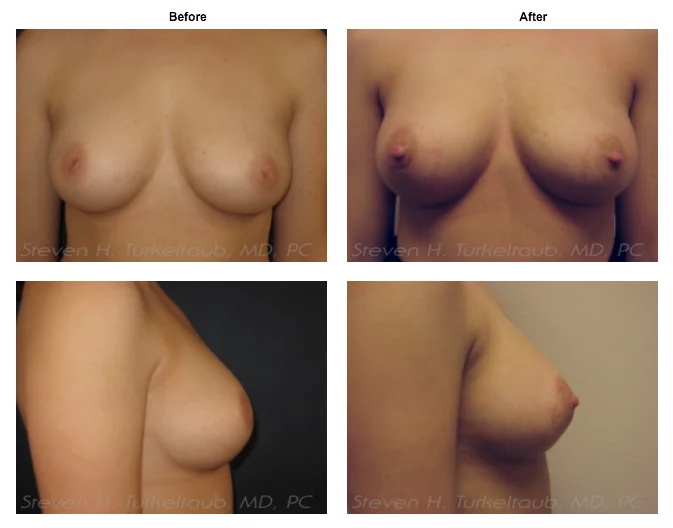Home|Blog | Inverted Nipples FAQ
Inverted Nipples FAQ
Though the occurrence of inverted nipples is relatively common, most women who have it know little about it and think that they are the rare individual to be afflicted with such a “deformity.” Not only do they often stress over their situation, but they may also go to great lengths to avoid close relationships and intimacy out of fear and embarrassment.
Below are the answers to frequently asked questions about inverted nipples.
Q. Why are some nipples inverted?
Inverted nipples occur when the milk ducts and ligaments of the breasts are abnormally short. They act as a tether, causing the nipples to be held inward (inverted) instead of projecting outward as is normal.
Q: What can cause inverted nipples?
Some women may be born with inverted nipples, but their presence may not be noticeable until during or after puberty. Other causes include pregnancy, breastfeeding, trauma, scar tissue, and breast cancer.
Q: What do inverted nipples look like?
Inverted nipples can be identified when the nipples look flat or indented into the areola.
Q: Are inverted nipples a sign of cancer?
While the presence of inverted nipples is usually not a sign of cancer, some situations dictate that one should have a careful examination by your physician to rule this out. Some cancers cause the milk ducts to retract, thereby causing nipple retraction or nipple inversion. If your nipple inversion came on suddenly over several weeks or months, particularly just on one side, this should be cause for concern. However, if your nipples have been inverted from birth or become apparent around the time of puberty, there is very little chance that they are a sign of the presence of breast cancer.
Schedule an appointment with an experienced breast surgeon (general surgeon) if you are worried for any reason.
Q: How common are inverted nipples?
Inverted nipples may occur in 10 to 20 percent of women.
Q: Can my inverted nipples be fixed?
Inverted nipples can be successfully and predictable corrected with surgery. The results are usually normal-appearing and projecting nipples.
Q: What is nipple inversion surgery like?
The treatment of inverted nipples is generally considered to be a fairly minor procedure that can be performed under local anesthesia in the office. There are a variety of surgical techniques that have been touted to provide the desired outcome. The one which I employ involves a very tiny incision at the base of the nipple through which the foreshortened ducts and ligaments can be completely divided, allowing the nipple to be fully released, thereby, leading to a more desirable projection.
Q: What is recovery from nipple inversion surgery like?
Recovery from nipple inversion surgery is easy, being associated with little or no discomfort. Most women can return to fairly normal, non-vigorous activities the same day. The nipple(s) will need to be supported and protected in the new projecting position with a small dressing for at least one week. It is crucial that they are protected from inward pressure for about six to eight weeks following surgery to promote appropriate healing and to maintain maximal outward nipple projection.
Q: Can I breastfeed after having surgery to correct inverted nipples?
Breastfeeding may not be possible after having surgery to correct inverted nipples because milk ducts have been divided. If you are strongly interested in breastfeeding in the future, you should discuss this with your plastic surgeon before considering undergoing this surgery.
Inverted nipples can cause extreme embarrassment and self-consciousness. If you are interested in surgery to correct your inverted nipples, please schedule your consultation with board-certified plastic surgeon Dr. Steven H. Turkeltaub. You can contact our office today by calling (480) 451-3000 or filling out our online contact form.
Dr. Turkeltaub is highly experienced in performing surgery to treat inverted nipples and looks forward to helping you have this undesirable situation corrected.

